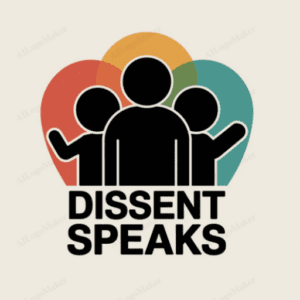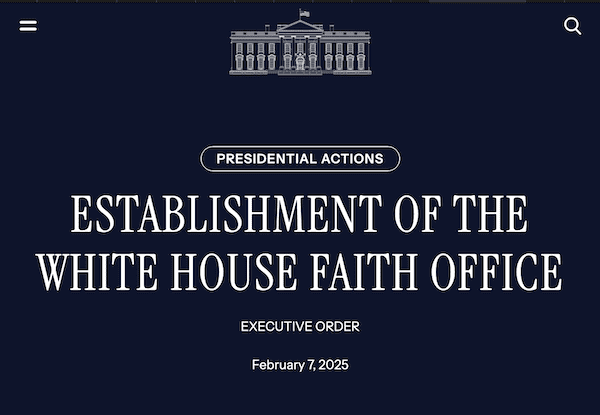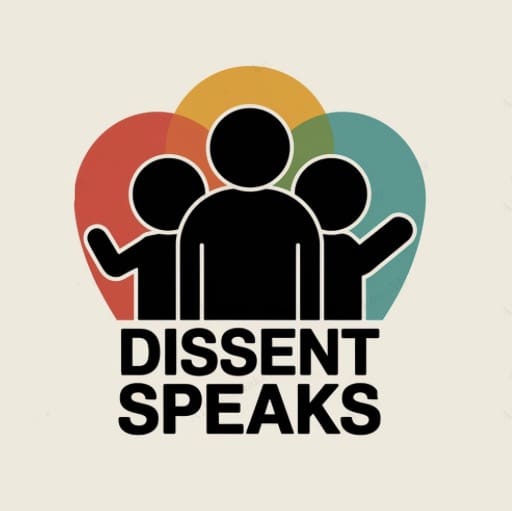The February 7, 2025 executive order establishing the White House Faith Office represents a significant shift in federal policy that merits careful examination. This analysis evaluates the order’s language, potential societal impacts, and implications for the separation of church and state. Understanding this policy is crucial as it affects federal funding allocation, social service delivery, and the relationship between government and religious institutions across the United States.
This article examines the order’s explicit and implicit messaging, assesses its factual basis, and provides guidance for citizens seeking to understand and respond to its implications. We focus specifically on language analysis, impact assessment, and verification strategies to help readers navigate the complex intersection of religious freedom and government policy.
Critical Analysis of Language
Persuasive Terminology and Framing
The executive order employs specific language patterns that warrant careful examination. The phrase “tremendous ability to serve” and claims of effectiveness that “often exceeds that of government” present faith-based organizations as inherently superior to secular alternatives. This framing lacks empirical support and potentially marginalizes non-religious service providers.
Consider this key passage: “These organizations lift people up, keep families strong, and solve problems at the local level.” This language employs emotional appeal rather than evidence-based assessment, potentially creating bias in policy implementation.
Implicit Messaging
The order’s repeated references to “strengthening families” and “religious liberty” employ terms that, while positive in isolation, may signal specific ideological positions. The mandate to combat “anti-Semitic, anti-Christian, and additional forms of anti-religious bias” notably positions religious discrimination as a primary concern, potentially overshadowing other forms of discrimination.
Impact Assessment
Immediate Effects on Communities
The order’s implementation could significantly affect diverse populations:
Religious Minorities: While the order mentions protecting against religious bias, its emphasis on traditional faith-based organizations may disadvantage minority religious groups or secular organizations.
Service Recipients: Individuals requiring social services may face reduced access to secular alternatives if funding shifts predominantly toward religious providers.
Community Organizations: Secular service providers may experience increased pressure to partner with religious organizations to maintain competitive access to federal funding.
Economic and Administrative Impact
The order requires substantial administrative changes, including:
The creation of Faith Liaison positions across federal agencies within 90 days
Development of new training programs for religious liberty accommodations
Modification of grant-making processes to promote religious organization participation
These changes will require significant resources and may alter how billions in federal funding is allocated.
Factual Integrity Analysis
Verifiable Claims vs. Assertions
The order makes several claims that require scrutiny:
- The assertion of superior effectiveness of faith-based organizations lacks citation of empirical evidence.
- The claim of religious discrimination by federal government remains unsubstantiated by specific data.
- The stated need for religious liberty exceptions and accommodations is not supported by documented cases.
Constitutional Considerations
The order attempts to navigate First Amendment requirements through careful legal language, but several provisions raise constitutional concerns:
The active promotion of faith-based partnerships may conflict with government neutrality toward religion.
The training mandate for religious accommodations could enable preferential treatment of religious organizations.
Verification Steps for Readers
To independently assess the order’s implementation and impact, readers can:
- Monitor Federal Register notices related to faith-based initiatives and funding opportunities
- Track agency implementation through public records requests
- Review grant allocation data through USA Spending (www.usaspending.gov)
- Follow court decisions related to religious liberty and government partnerships
Community Engagement Strategies
Citizens concerned about the order’s implementation can:
- Engage with local government officials about faith-based partnerships in their community
- Participate in public comment periods for related federal regulations
- Connect with civil rights organizations monitoring church-state separation issues
- Monitor local service delivery changes through community oversight boards
Mitigation Recommendations
For stakeholders seeking to ensure equitable policy implementation:
Document instances of religious discrimination or preferential treatment in service delivery
Maintain records of funding patterns and service access changes
Engage with congressional oversight committees through constituent communications
Support organizations providing independent monitoring of church-state separation
Conclusion
The White House Faith Office executive order introduces significant changes to federal policy that require careful monitoring and engagement from citizens and stakeholders. While it presents opportunities for enhanced community services, its language and structure raise important concerns about religious neutrality and equal access to government resources.
Moving forward, active citizen engagement in monitoring implementation, documenting impacts, and participating in oversight will be crucial. Stakeholders should remain particularly attentive to funding patterns, service delivery changes, and potential constitutional challenges as this policy takes effect.
This analysis aims to equip readers with tools to independently verify information, engage with relevant stakeholders, and participate in ensuring that government partnerships with religious organizations serve all Americans while maintaining constitutional principles.


